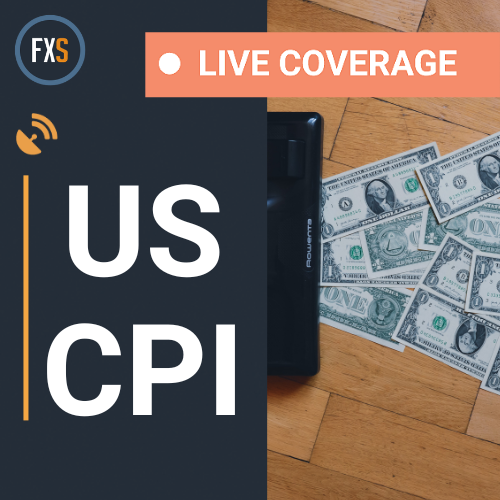April’s Consumer Price Index (CPI) data has the potential to affect the timing of the Federal Reserve (Fed) policy pivot, with inflation expected to rise at a slightly slower pace of 3.4% YoY, compared to the 3.5% increase in March. The core CPI, which excludes food and energy prices, is predicted to edge lower to 3.6%. These figures could impact market pricing as policymakers’ hawkish stance and disappointing macroeconomic data create uncertainty about the rate outlook. A surprise in the CPI data could lead to heightened volatility in the US Dollar (USD).
Recent comments from Fed policymakers have shown concerns over the inflation outlook. Richmond Fed President Thomas Barkin advocated for a patient approach to policy to reduce inflation towards the 2% target, while Minneapolis Fed President Neel Kashkari expressed doubts about the effectiveness of current policy. Fed Board of Governors member Michelle Bowman stated that she does not see rate cuts as necessary this year. Expectations for the upcoming CPI report suggest that core inflation slowed to 0.3% in April, following three consecutive months of strong gains at 0.4%.
Despite strong inflation figures in recent months, disappointing data releases continue to cast doubt on a policy pivot in September. Current market positioning indicates a 35% probability of no change in the Fed interest rate in September, suggesting a two-way risk for the USD. A reading of 0.4% or higher in the monthly core CPI could revive expectations for a policy hold in September, leading to USD strength against major rivals. Conversely, a reading of 0.2% or lower could have the opposite effect on the currency’s valuation.
In terms of EUR/USD, technical analysis indicates that the currency pair needs to surpass the 1.0800-1.0820 area to extend its uptrend. Resistance levels include 1.0900 and 1.0980, while support levels are at 1.0720 and 1.0600. The upcoming CPI report could influence the direction of EUR/USD, with a potential increase in core CPI likely to support a policy hold in September and boost the USD against the Euro.
The US Dollar’s value is significantly influenced by monetary policy set by the Federal Reserve (Fed), which aims to achieve price stability and full employment. Adjusting interest rates is the primary tool used by the Fed to control inflation and employment levels. In extreme situations, the Fed may resort to quantitative easing (QE) to increase credit flow in the financial system. QE typically leads to a weaker USD, while quantitative tightening (QT) involves the Fed reducing its bond purchases and reinvestments, which is usually positive for the USD. Understanding these factors is crucial to interpreting the impact of economic indicators like the CPI data on the USD.











